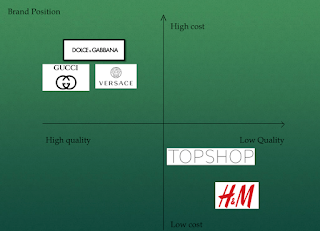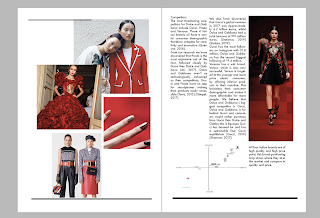APA Referencing Guide
APA referencing
Lecture notes:
Why?
- Distinguish your own ideas from someone else
- Validates your own argument and adds credibility
- Illustrate the scope of your reading
- So readers can trace your sources
- Avoid plagiarism
When
- You need to quote, paraphrase or summarise the work of others.
- Cite and reference all of your sources
- This applies to all formats of information - books, journals, websites and includes data diagrams and images etc
Two part to referencing
- Cite - highlighting in your work that the ideas an d information came from someone else
- Reference list - listing the materials (books, journals, websites etc.) you use in a clear consistent way, sod that others can find them.
Skeleton of a reference:
- Who: author/ editor/ creator etc
- When: date oublished, released etc
- What: the title
- Where : the origin- url, publisher,betc
Examples:
Book -
Easey, M. (2009). Fashion marketing (3rd ed.). chichester. Wiley-Blackwell.
Journal article
Moine, R. (2017). Saint Laurent on screen: Fashion Icon, doomed artist, or celebrity? Fashion theory, 21(6), 77-748. https://doi.org/10.1080/1362704x.2017.1357369
Website:
Brannigan, M. (2018, November 8). The suddenly surging business of recycled plastic offer jackets. Retrieved from - https://fashionista.com/2018/11/recycled- plastic-puffer-jackets-trends-2018
Paraphrasing
As Hawley (2006) has summarised, pre consumer textile waste consists of excess fibre, yarn, fabric and garments during manufacturing while post - consumer textile waste is created by consumers, which may consist of any type of garment or household item that has become unneccassary.
Hawley, J. (2006). Textile recycling: A system oerspective. In Y. Wang (ed.), recycling in textiles (pp. 7-24.) boca raton: CRC oress.



Comments
Post a Comment